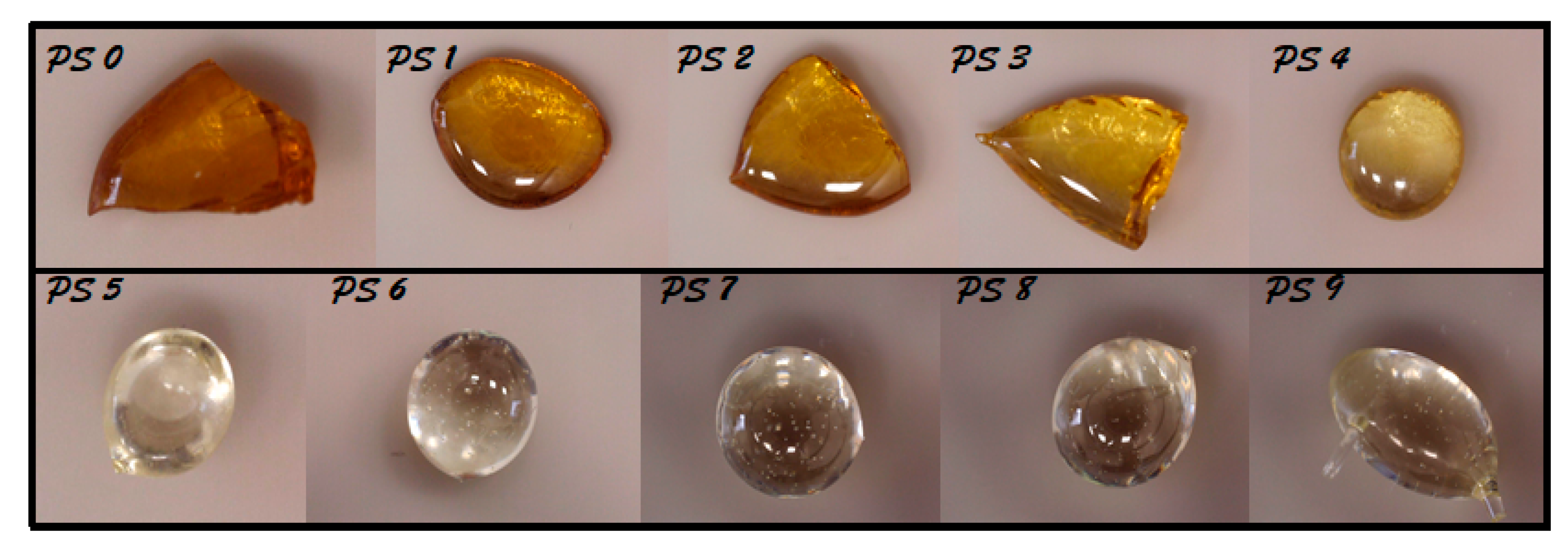Contents

Source: Amazon.de
Understanding Silicate Glasses
Silicate glasses have been a fundamental material in human civilization, dating back to ancient times. These glasses are primarily composed of silicon dioxide (SiO2), along with various other substances that enhance their properties. Today, they remain the most prevalent type of glass, utilized in a wide array of applications.
Composition and Types of Silicate Glasses
Silicate glasses are not simply pure silica; they incorporate additional components like soda, alumina, and other oxides, which influence their characteristics and applications. The variation in composition leads to different types of silicate glasses, each with unique properties.
Soda–Lime Glasses
Soda–lime glasses are the most common type of silicate glass. They include sodium carbonate (soda) and calcium oxide (lime), which lower the glass transition temperature and improve durability, respectively. These glasses are widely used in everyday items such as windows, bottles, and light bulbs. Despite their high thermal expansion coefficient, they are sometimes used in optics when optimized for homogeneity.
Borosilicate Glasses
Borosilicate glasses are created by adding boron trioxide (B2O3) to silica. They are known for their low thermal expansion, making them suitable for applications that require thermal resistance. Borosilicate glasses, such as the common BK7, are often used in laboratory equipment and high-quality optics. They are easier to process than pure silica glasses due to their lower glass transition temperature.
Germanosilicate Glasses
Germanosilicate glasses contain germanium oxide (GeO2), which increases the refractive index and extends infrared transmission. This makes them ideal for optical fibers, as they can be doped to achieve specific refractive index profiles for efficient light transmission. The high purity of germanosilicate glasses results in minimal propagation losses, crucial for fiber optic communications.
Phosphosilicate Glasses
Phosphosilicate glasses are formed by adding phosphorus pentoxide (P2O5) to silica. They are primarily used in optics for rare-earth-doped fibers and Raman fibers. These glasses allow for significant Raman frequency shifts, making them versatile in various optical applications.
Silicate Filter Glasses
Silicate glasses can be doped with substances like cerium and samarium to create optical filter glasses. These are used in laser applications to protect components from ultraviolet light, which could otherwise cause degradation.
Applications and Benefits
Silicate glasses are essential in numerous industries due to their versatility and adaptability. From everyday items to specialized optical components, their ability to be tailored for specific properties makes them invaluable. The development of high-quality silicate glasses continues to support advancements in technology and science.
Conclusion
Silicate glasses, with their rich history and diverse applications, remain a cornerstone in both everyday life and advanced scientific applications. Understanding their composition and properties allows for innovation and improvement in various fields, from construction to telecommunications.

Source: MDPI
Feel free to comment your thoughts.



